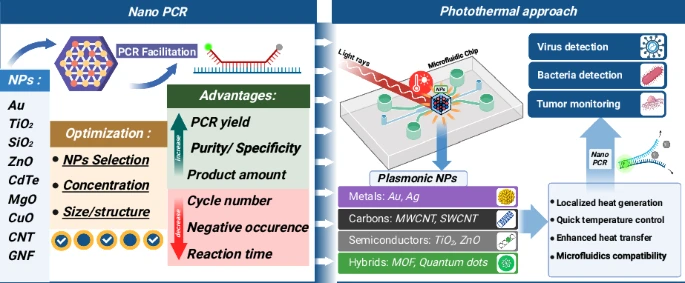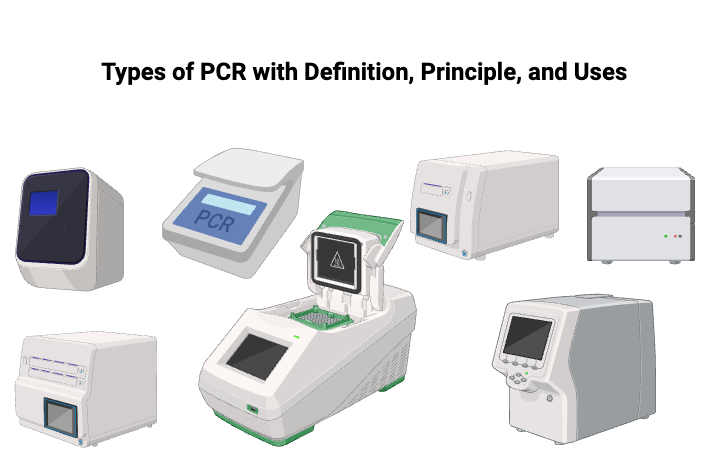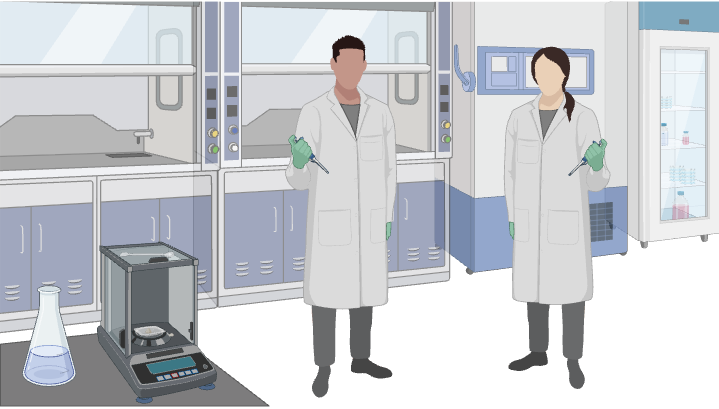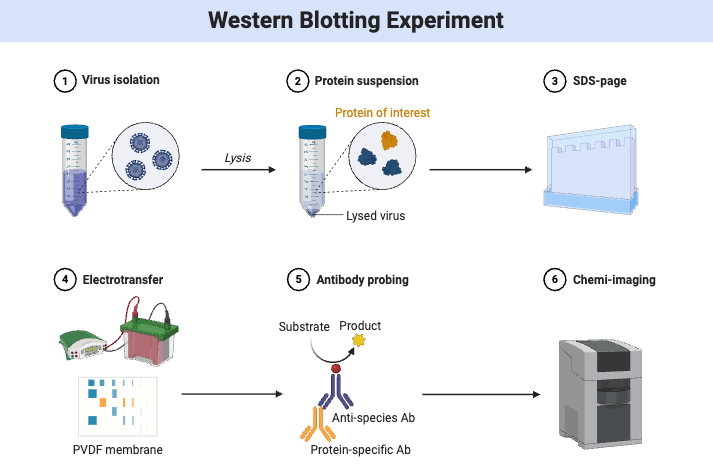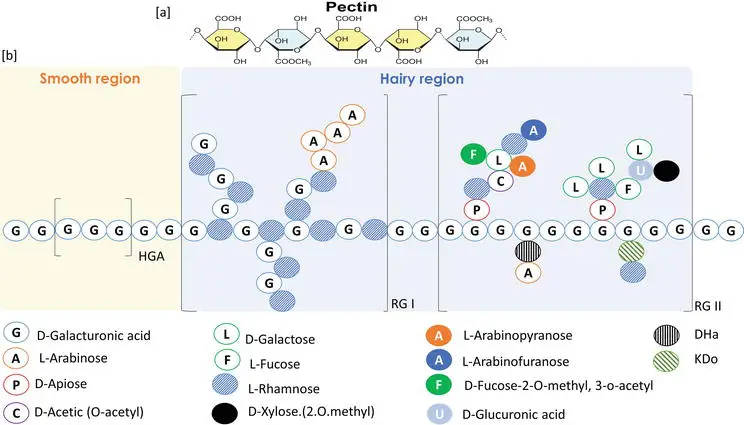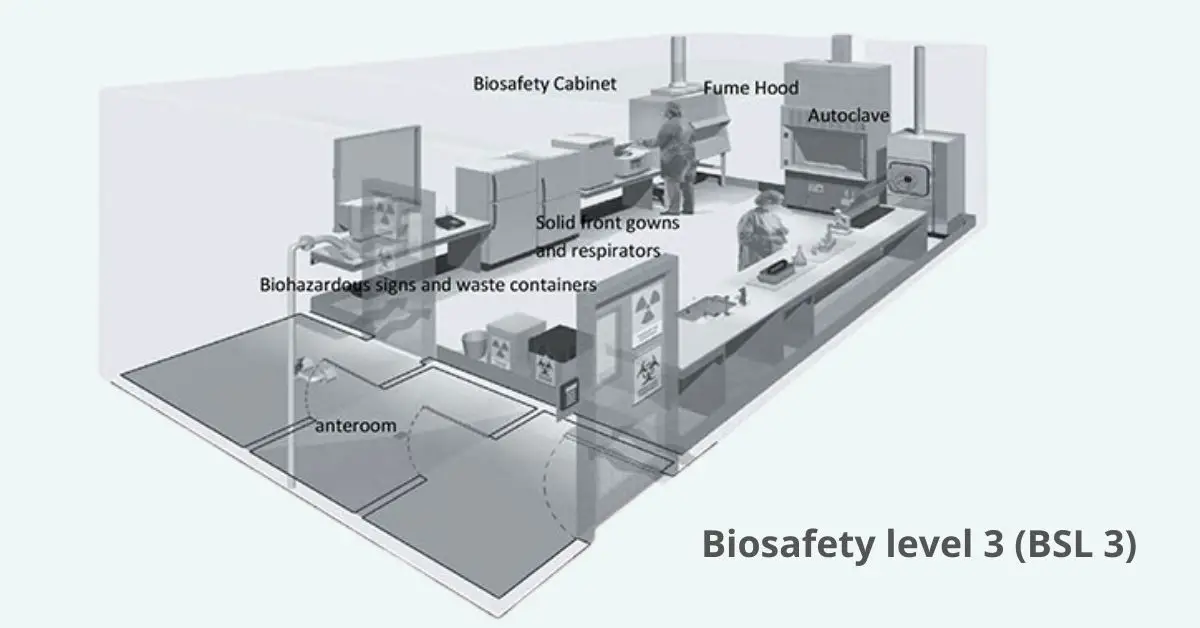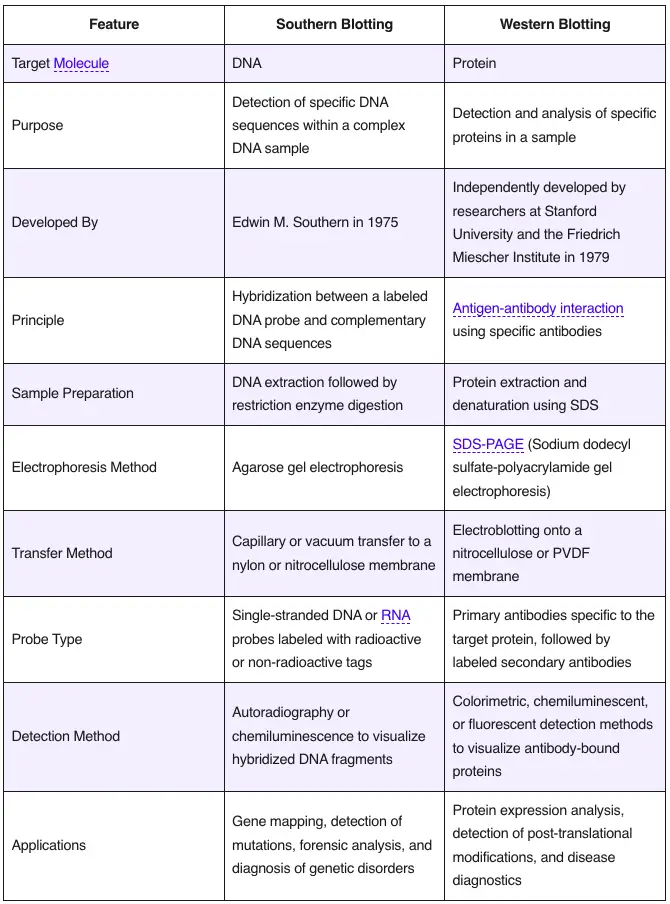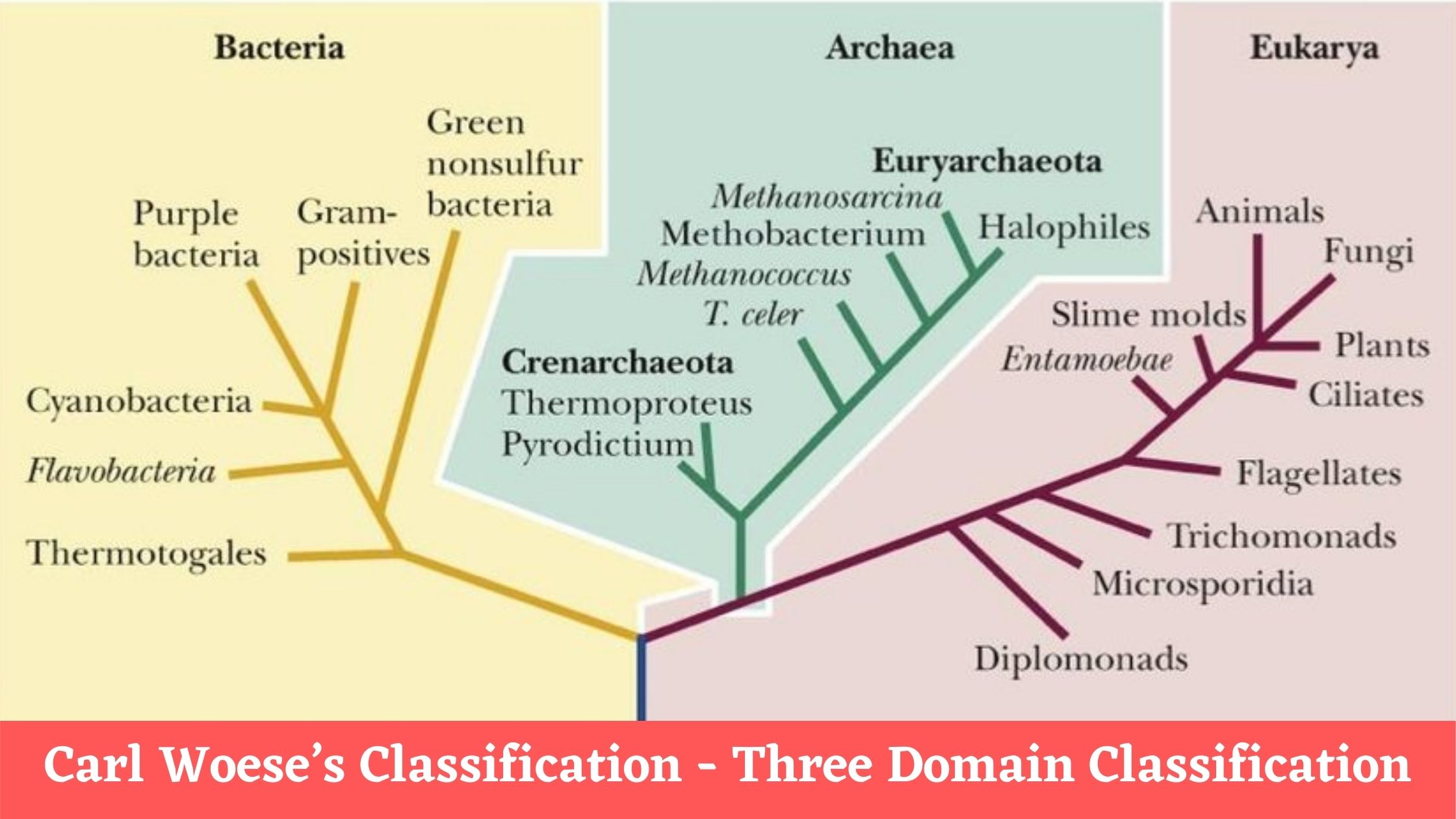Repetitive sequence-based PCR (rep-PCR) – Principle, Steps, Uses
What is Repetitive sequence-based PCR (rep-PCR)? Working Principle of rep-PCR The rep-PCR working principle is based on the occurrence of conserved repetitive DNA elements (REP, ERIC, BOX, GTG5 etc.), which are dispersed at multiple sites within prokaryotic genomes, and these elements serve as priming sites for amplification. By the use of specifically designed primers, annealing … Read more

